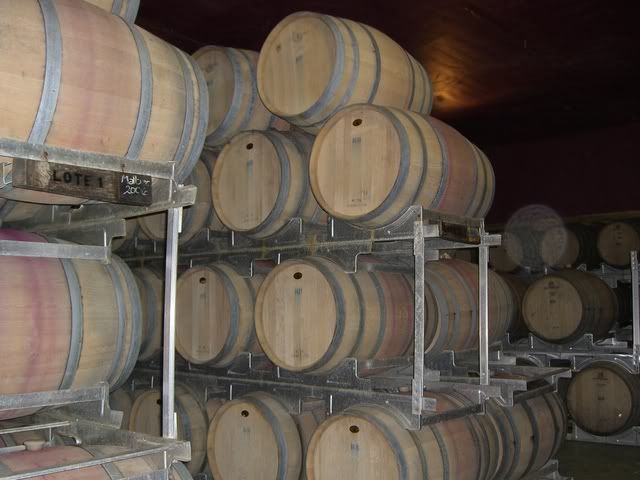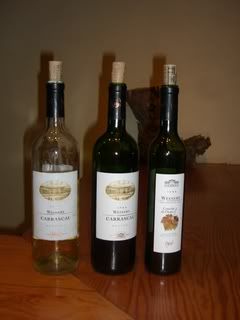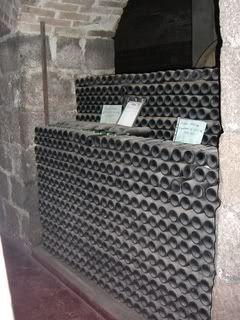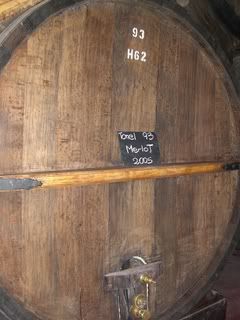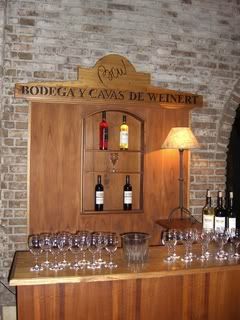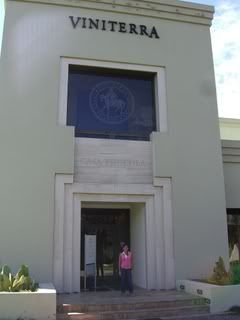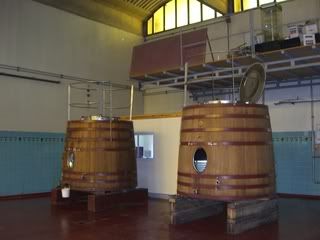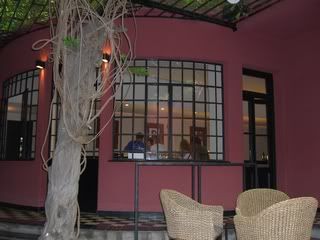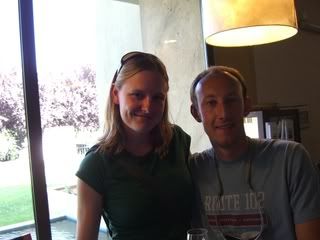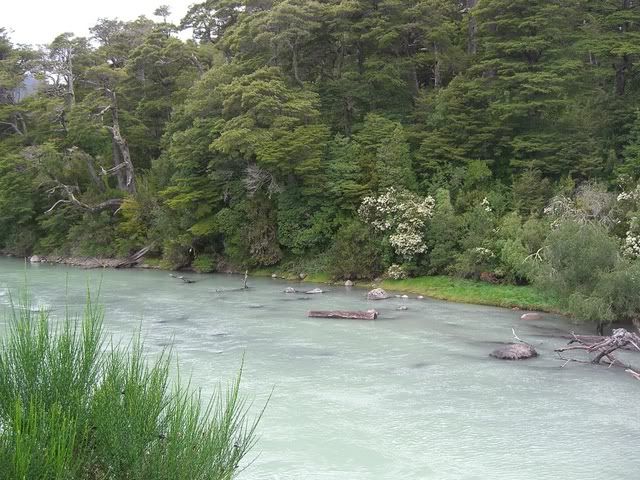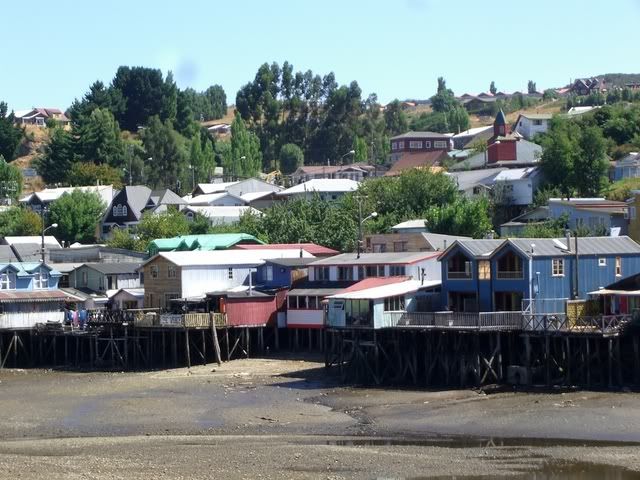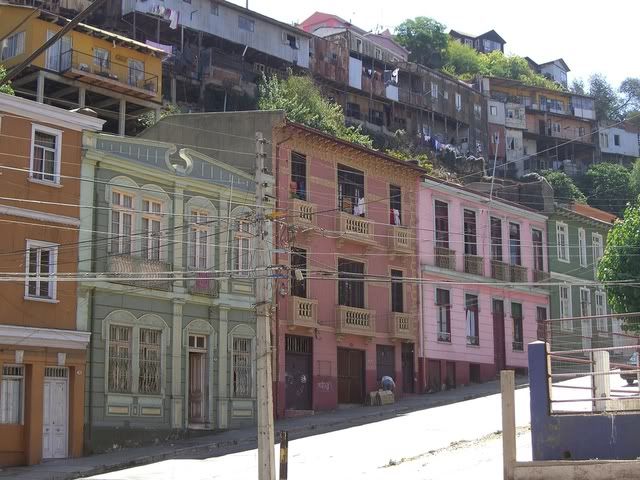Argentina 3 – Bienvenidos a Buenos Aires
Friday, February 29th, 2008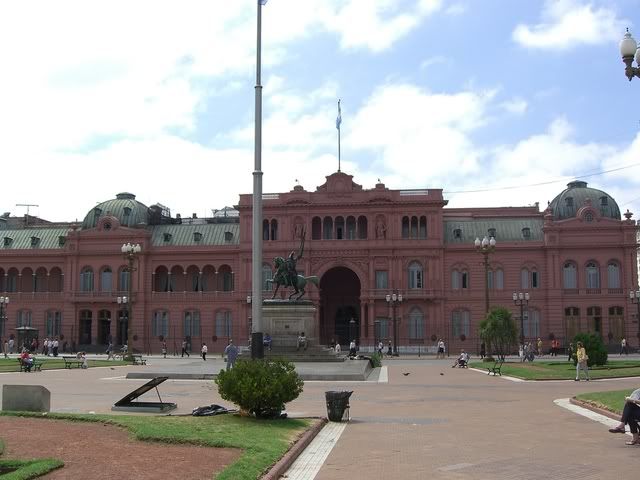
La Casa Rosada
Greetings friends and foes to the porteño version of the Extravaganza blog. What is a porteño you might ask? Generally this Spanish word refers to anyone who lives in a port city though specifically “porteños” are largely used in association with Buenos Aires and is what the locals refer to themselves as. Delightful. Now, what port exactly do these porteños live in? BsAs sits on the southern shore of the Rio de la Plata…while the country of Uruguay sits on the northern shore and is a short ride away via fast catamaran or ferry boat (more to come from Uruguay next week so stay tuned for that). Now if you think referring to themselves as porteños is odd…the other odd naming convention is itself the name of the city. Those with even the most rudimentary Spanish skills know that “Buenos Aires” means “good air(s)”…sort of a strange name for a world-class city don’t you think? I’ve heard two rumors about how this name came about…the first is that the city was named after the Sardinian sanctuary of “Nostra signora di Bonaria” which is Italian for “Our Lady of Good Air.” The second rumor about this strange naming convention is that the city was named for the good winds that blew strongly towards the city bringing supply ships from Europe. Either way, the names of the city and its people are here to stay so why don’t we get to know them better? And what better way than with one of Stacey’s Patented Lists of Intriguement?
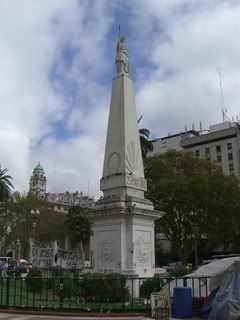
Plaza de Mayo
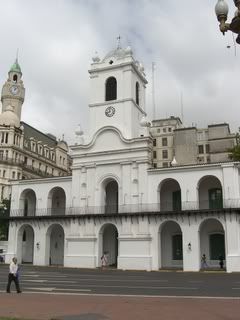
The Cabildo

El Congreso Nacional
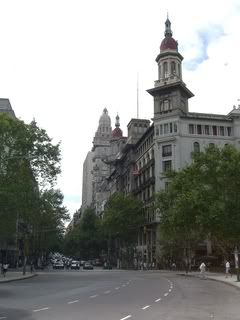
View down one of the boulevards
Truly Intriguing Things You Did Not Previously Know About Buenos Aires
- With 13 million inhabitants, Greater Buenos Aires is the third largest urban area in Latin America.
- Buenos Aires had the first subway system in all of Latin America with the inaugural ride occurring on December 1, 1913.
- The majority of porteños have European roots…specifically Spanish and Italian. Which is also nice for this tall, blond American as I don’t stick out quite so badly here as in more indigenous areas of the continent like Ecuador and Peru.
- As the climate is considered to be humid subtropical, it doesn’t get too cold here. In fact the the lowest temperature ever recorded in central Buenos Aires (Buenos Aires Central Observatory) was -5.4 °C (22.3 °F) on July 9, 1918. The highest temperature ever recorded was 43.3 °C (109.9 °F) on the January 29, 1957. I’m sure you northern dwellers will find that low temperature positively tropical compared to what you’re used to…
- Tango music was born in the suburbs, notably in the brothels of the Junín y Lavalle district and in the arrabales (poorer suburbs). Its sensual dance moves were not seen as respectable until adopted by the Parisian high society in the 1920s, and then all over the world. In Buenos Aires, tango-dancing schools (known as academias) were usually men-only establishments.
- Because of the European influence, the architecture of BsAs is sort of a mix of Paris, Rome and Barcelona. It is, without a doubt, the city in Latin America with the most European “feel” to it (currently at about a third of the price of those European locales).
- Football is a passion for Argentines. Buenos Aires has the highest concentration of football teams of any city in the world (featuring no less than 24 professional football teams), with many of its teams playing in the major league. The best-known rivalry is the one between Boca Juniors and River Plate; a match between these two teams was named as one of the “50 sporting things you must do before you die” by The Observer.
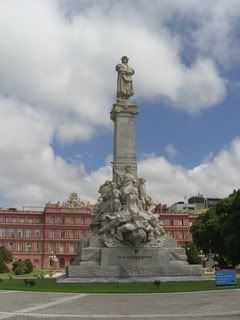
View of Casa Rosada from the other side with monument to Christopher Columbus

Sarmiento Ship in Puerto Madero (a gentrified wharf area now known for its restaurants)
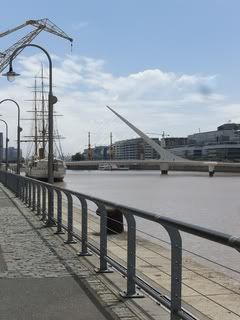
View of Women’s Bridge in Puerto Madero

Architecture of the San Telmo neighborhood
So I’ve been here a week. And I think I could stay for the next year. Lucky for my office I have a plane ticket home on March 25 though am already wondering how to arrange a transfer. Just kidding everyone…I’ll come home for a little while before I think about leaving again! 🙂 Seriously…Buenos Aires is now atop my list of favorite large cities as it’s very Parisian in feel…very Latin American in price…and they speak Spanish rather than French. Lucky me.
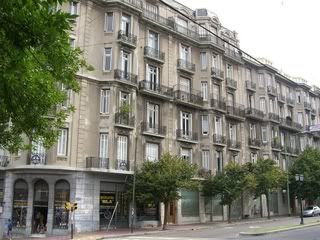
Some Parisian architecture
My first week here has been a lazy one where I wandered around in the center of town…enjoyed coffee at the outdoor cafes…had some lovely meals in the numerous restaurants…and did a bit of shopping. I decided though that I needed to do something constructive other than just hang out and take up space so in a last ditch effort to cram a bit more Spanish into my brain I’ll be starting classes again on Monday for two weeks until my friends James and Morag from England arrive on the 18th of March. Very much looking forward to that.
As I haven’t done much of interest lately I will be short today and merely leave you all with the first batch of pictures from Buenos Aires. Enjoy and type to you soon!
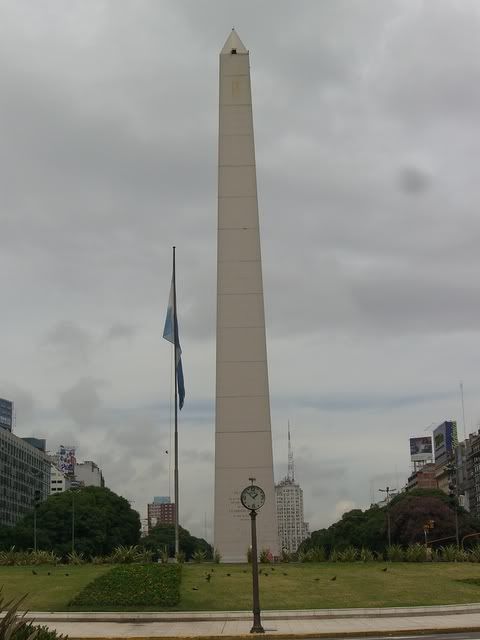
Monument at the Plaza de la Republic

